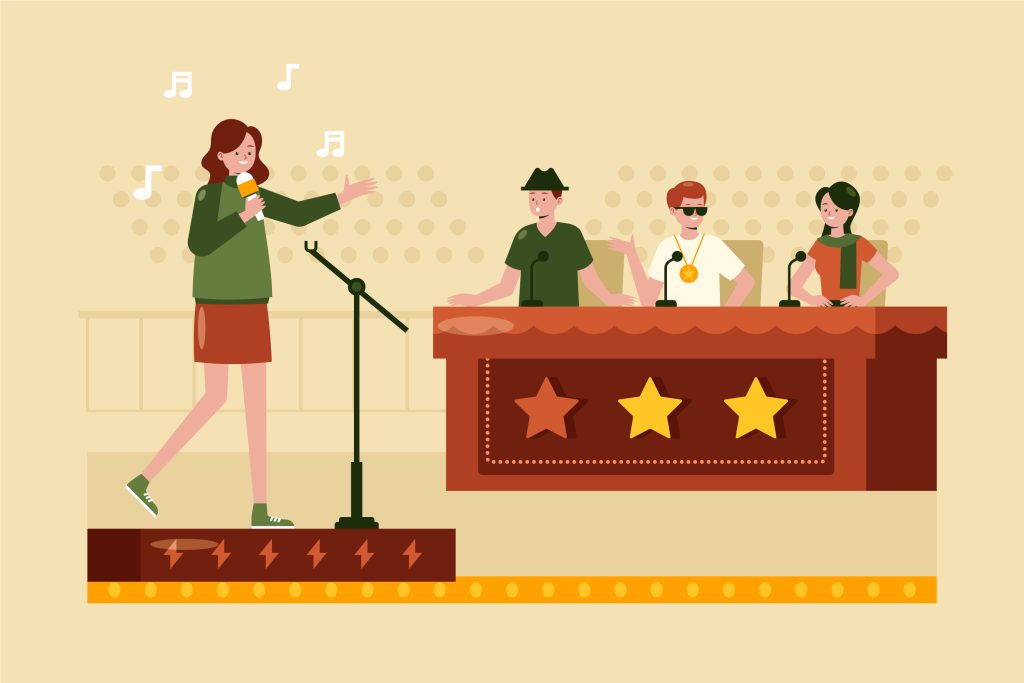In a world that often prioritizes constant noise, chatter, and information overload, silence might seem like an odd tool for public speaking. After all, when you’re addressing an audience, the conventional wisdom suggests that you should keep talking, keep filling the space with words, and avoid any uncomfortable gaps. However, silence—often overlooked—is one of the most powerful and impactful tools in a speaker’s arsenal.
The strategic use of silence can elevate your speech, create tension, emphasize key points, and allow your audience to process your message. Far from being an absence of sound, silence can be a profound presence in communication. In this blog post, we’ll explore the hidden power of silence in public speaking and how you can harness it to become a more effective and impactful speaker.
1. Silence Creates Dramatic Pause and Builds Anticipation
One of the most powerful ways to use silence is to create a dramatic pause. When you’re delivering an important message, a well-timed pause can build suspense and keep your audience on the edge of their seats. Think of some of the most memorable speeches or movie scenes; the use of silence often amplifies the message, making the moment more poignant.
Consider Martin Luther King Jr.’s iconic “I Have a Dream” speech. While the speech is famous for its powerful language, it’s also notable for the pauses King took between his phrases. He didn’t rush through his words. Instead, he gave his audience time to absorb the gravity of his message. This use of silence created anticipation, allowing listeners to feel the weight of each word and reflect on its meaning.
A pause before delivering an important line or insight can make the audience lean in, waiting for the next words. It grabs their attention and makes them focus on the message you’re about to share.
Lesson: Use silence as a tool to build anticipation. Pausing before key points creates a sense of gravity and makes your message more impactful.
2. Silence Enhances Emphasis and Impact
When you fill every moment of your speech with words, you risk overwhelming your audience. On the other hand, strategic silence allows you to emphasize important points and give them time to land. This is particularly powerful when making a significant statement or sharing a profound thought.
For example, if you’re delivering a speech about overcoming adversity, you might say something powerful like, “The path to success is not easy… it is filled with challenges that test our limits.” Pausing after this statement gives the audience time to reflect on what was just said. The silence before and after key phrases ensures that the message sinks in, making it resonate on a deeper level.
Silence creates a contrast to the words around it. By contrasting the quiet with the intensity of your message, you can elevate the impact of both. It’s the equivalent of putting a spotlight on your words, allowing them to shine brighter.
Lesson: Silence is an essential tool for emphasizing key points. It draws attention to the most important parts of your speech and ensures that your message is fully absorbed.
3. Silence Helps You Collect Your Thoughts and Stay Present
Public speaking can be nerve-wracking, especially if you’re speaking on a complex topic or facing an unfamiliar audience. In these moments, silence can serve as a powerful tool for staying calm, composed, and present. Instead of rushing through your speech out of fear of awkwardness or forgetting your next line, use pauses to collect your thoughts, recalibrate, and maintain your confidence.
When you allow yourself a moment of silence to breathe and refocus, it helps you avoid stumbling over your words or losing your train of thought. Silence gives you a mental space to regain your composure and deliver your speech with clarity. It also gives the audience a moment to process what you’ve said, ensuring that they don’t get lost in the rapid flow of information.
Think of it this way: Silence is a moment of control. It’s a space where you, as the speaker, can maintain composure, rather than letting anxiety dictate your words.
Lesson: Use silence as a tool to stay calm and composed. A well-placed pause allows you to gather your thoughts and present your message with greater clarity.
4. Silence Creates Connection with the Audience
While speaking is important, so is listening—both to the audience and to yourself. Silence allows you to observe your audience’s reactions and adjust accordingly. If you notice that the crowd is disengaged or unsure, a moment of silence can allow you to gauge their mood and refocus your delivery.
Similarly, silence can be a form of connection in itself. Sometimes, pausing after a particularly emotional or powerful statement allows the audience to reflect, digest, and emotionally connect with what you’ve just said. This shared moment of silence helps establish a deeper bond between you and your listeners.
Take a look at great orators like Barack Obama, who often uses pauses to connect with his audience. When he speaks, his pauses allow the audience to feel as though they’re not just passive listeners, but active participants in the experience. By giving them space to reflect, you create an emotional connection that words alone might not achieve.
Lesson: Silence fosters connection. It allows you to create a shared experience with your audience, making them feel more engaged and connected to your message.
5. Silence Gives Your Audience Time to Reflect
One of the challenges of public speaking is ensuring that your audience retains and reflects on your message. If you rush through your speech without pauses, your audience may find it difficult to process what you’ve said. On the other hand, silence provides your listeners with the opportunity to think about your message, form opinions, and internalize your points.
For instance, if you’re giving a talk about personal development, you might say, “To grow, we must be willing to step outside our comfort zones.” A few moments of silence after this statement give the audience time to reflect on their own lives and consider how they can apply your message. Silence creates space for contemplation, which can make your speech feel more personal and impactful.
When you allow your audience to absorb your message, it also gives them a chance to connect the dots on their own, creating a deeper understanding of the subject matter.
Lesson: Use silence to give your audience time to reflect and process. A brief pause allows your listeners to internalize your message and think about how it applies to their own lives.
6. Silence Adds to Your Confidence and Presence
Silence is not just a tool for the audience—it’s also a reflection of your confidence as a speaker. When you pause, you’re demonstrating control over the space and the message you’re delivering. You’re telling your audience that you don’t need to fill every second with words. A speaker who is comfortable with silence conveys authority and presence.
Take a cue from renowned public speakers who exude calm and confidence. The moments of silence between their words often reflect their comfort in knowing that the message they’re delivering is worth waiting for. When you speak with intentional pauses, you demonstrate that you trust your message and trust your audience to absorb it.
Lesson: Silence is a powerful indicator of your confidence. By using pauses deliberately, you show that you are in control of the message and comfortable with the flow of your speech.
In public speaking, silence is not just the absence of sound—it is a strategic tool that can enhance your delivery, emphasize your message, and create a deeper connection with your audience. Silence builds anticipation, allows for reflection, gives you space to collect your thoughts, and helps establish your presence as a confident speaker. It’s the unsung hero in public speaking that, when used effectively, can turn an average speech into a powerful experience.
So, the next time you step up to speak, remember: silence isn’t something to fear. It’s a powerful force that can help you deliver a more impactful, memorable, and engaging message. The hidden power of silence lies in its ability to amplify your words and transform the way your audience experiences your speech.










